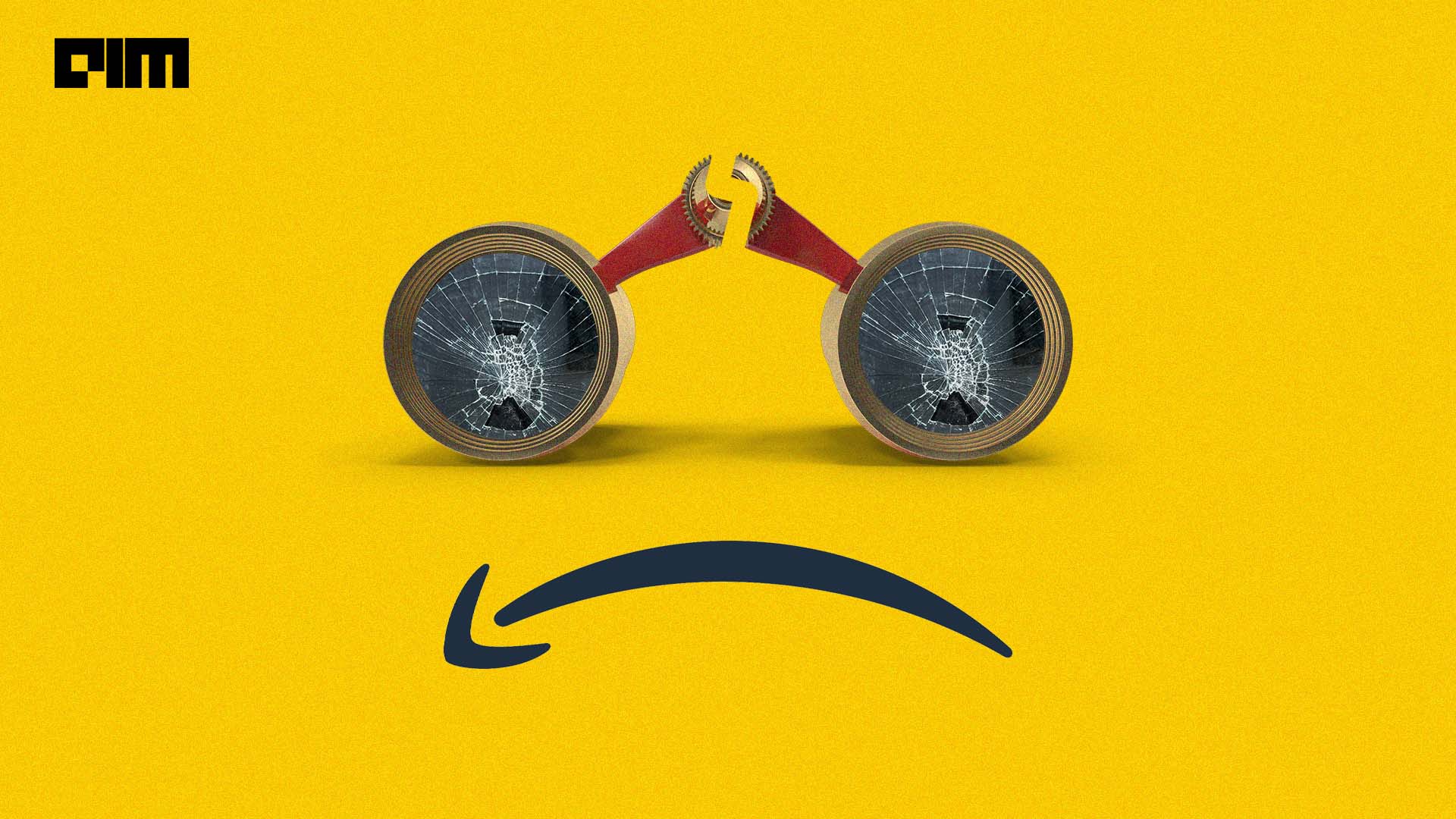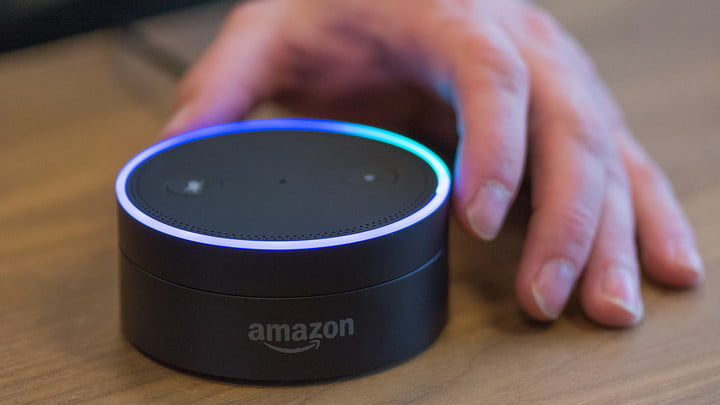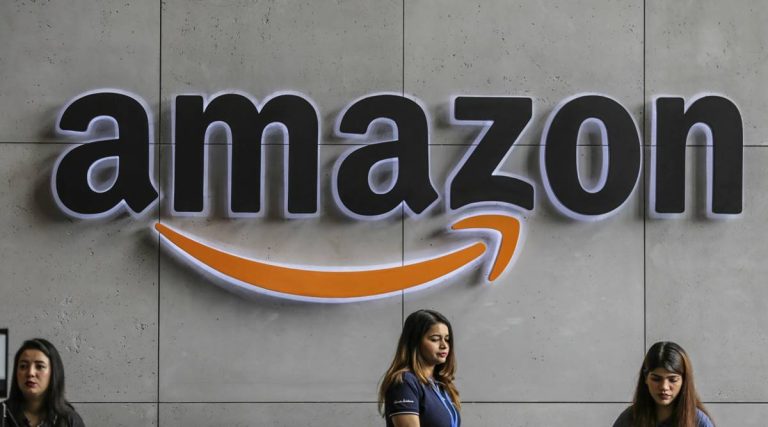|
Listen to this story
|
At Amazon Inc, customer obsession forms the first of the 16 leadership principles guiding the workforce on its mission to be the ‘Earth’s most customer-centric company’, highlighting earning and keeping customer trust as an important factor to leadership.
However, things seem to be changing. As a customer, if you tried looking for any product on the Amazon website, sponsored content heavily bombards the results. For instance, look at the top suggested items for the search “table”:
The top products in the listing are sponsored. A similar study was also done by The Washington Post recently, which showed an overwhelming number of sponsored products displayed under different guises. The products not only exist under the label “sponsored” but also covertly have their presence under “highly rated”, while many also constitute products from Amazon’s own brands. It is important to note that Amazon owns the tech accessories brand AmazonBasics, and numerous other brands like Pinzon, Solimo, Wag, Mamabear, Mae, and Goodthreads.
For instance, under the search “kitchen utensils”, here are the top-rated items:
As can be seen, all these items are Amazon’s, marketed under top-rated. Even a product rated by only two people makes it to the “personally curated” list of Amazon.
Amazon’s search algorithm
Amazon has one of top e-commerce search engines globally, serving 54% of all product queries. Amazon’s product recommendation system drives sales and is very important to its advertising revenue model. The company’s advertising business is soaring high. According to a report by Jungle Scout, one in three amazon sellers were increasing their advertising spend in 2022 to bring more visibility to their respective brands and platforms. The same report showed that Amazon-sponsored products witnessed a 68% RoI, whereas sponsored brand ads saw a 41% decrease in RoI in 2021.
In the backdrop of everything they are doing, Amazon is using the A10 algorithm for steering the search results. A study published in November 2022 by the Journal of Computer Science Research gives an extensive overview of how the algorithm works. Contrary to belief, the researchers claim that the A10 algorithm pushes unpaid, organically-selling products based on traffic and customer purchase history compared to its predecessor, A9, which ranked products based on pay-per-click advertising and paid advertisement.
The researchers highlight that the e-commerce giant understood that the customers tend to overlook what the sellers try to promote in the search listings to find what they want. So, to ensure that the buyers find exactly what they are looking for, Amazon sought to make some important adjustments to its A10 algorithm.
So, what is the A10 algorithm? And why is it still far from being customer-centric?
A9 vs A10 algorithm
Amazon’s algorithm reviews elements like relevance, reviews, keywords, sales history, buyer’s purchasing history, product promotions, search terms, product availability, price, and many others to determine if a seller’s products should make it to the top search results.
While in the A9 algorithm, search keywords played a significant part in the results, the A10 algorithm produced results not simply based on customer search, but also through certain products which are shown to the buyers in a separate section, resulting in them coming to the top of search results, everytime customers click on those ads. However, in addition to the click-through rate, the algorithm also considers how often the buyers ultimately purchase the product.
The researchers identify four important factors governing the A10 algorithm—title and feature description, price, in-stock, and sales velocity. The sales velocity factor includes components like promotion campaigns, advertising strategy, product image, and seller authority. Amazon’s strategy has been to leverage on the sales velocity factor, and push certain products as “highly rated” with the sponsored tag placed in different concerns of the product listing—often not easily visible to the customer’s eye.
While Amazon calls it “organic search”, these sections that show sponsored content or are its own products seem to compromise customer trust. At the same time, the sales velocity aspect puts a lot of burden on organic sellers to make it to the top of the list, inevitably pushing them to go the sponsored way.
The problem Amazon recognised with its search algorithm continues to exist. Even to this day, customers find it difficult to look for products they were searching for in a sea of advertised products generally of no interest or relevance. However, Amazon claims to be updating its algorithm to make it more customer-centric. But what matters is, how are they ensuring a fair trade-off that benefits the whole ecosystem, including advertisers, organic sellers, and customers, and building trust in their algorithms becomes critical.



















































































